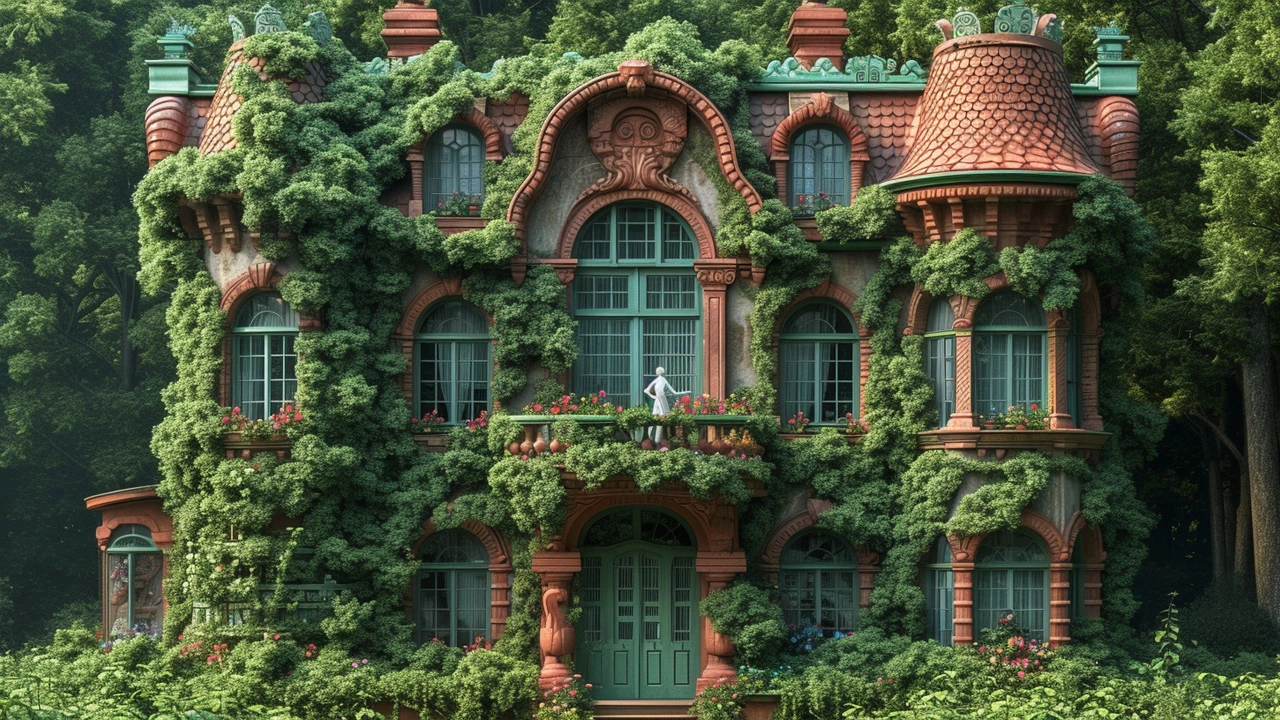Tribute to Artistic Genius
Some buildings make you stop in your tracks. They show craft, risk, and a clear idea that changed how people lived or thought. This page pulls together those moments of genius—from Roman engineering and Byzantine mosaics to Gothic spires, Beaux-Arts grandeur, and sleek modern minimalism—and gives you tools to notice, enjoy, and protect them.
How to spot genius in architecture
Start with purpose: ask what problem the design solved. Roman aqueducts and concrete fixed water and structure; Greek Revival borrowed temple forms to express civic pride. Look for clever structure—domes, arches, and load-bearing tricks that let architects do more with less. Check details: carved capitals, stained glass, mosaics, or ornament that add meaning beyond decoration.
Also notice feeling. Expressionist and Baroque buildings aim to stir emotion; Craftsman and Minimalist spaces aim for comfort or clarity. If a place changes how you move, rest, or think about light and space, that’s a sign of design intent—often genius.
Ways to experience and preserve great work
See variety. Visit a city block or museum day-by-day and compare styles: Romanesque massing, Renaissance symmetry, Gothic verticality, Art Nouveau curves, and Postmodern playfulness. Read short guides or audio tours that point out signature elements—columns, pediments, cornices, or unusual materials. Photos are great, but stand inside when you can; light, scale, and acoustics matter.
Preserve what matters. Support local conservation groups or simple acts: report damage, attend public meetings about restorations, or choose sympathetic materials when renovating a historic home. Small choices—keeping original windows, repairing stone instead of replacing it—add up. If you’re a traveler, follow site rules and pick guides who explain both history and current threats.
Learn the language. A few quick identifiers help you talk about buildings: rounded arches = Romanesque, flying buttresses = Gothic, columns with classical orders = Greek or Renaissance, lavish ornament and curves = Baroque or Rococo, clean lines = Modernism or Minimalism, and playful mash-ups = Postmodernism. That vocabulary makes visits richer and helps you share what moved you.
Finally, connect across time. Revival styles reuse older ideas for new needs—Georgian, Colonial, or Renaissance Revival show how past genius adapts. Recognizing this gives you a deeper appreciation for continuity and change in design. Use these tips to turn sightseeing into learning, and to treat every well-made building as a living tribute to creative skill.

Art Nouveau Architecture: A Tribute to Artistic Genius
As a passionate design aficionado, I’ve spent countless blissful moments celebrating the beauty and genius of Art Nouveau Architecture. This post is a tribute to the creative minds who used their artistic genius to craft buildings that are not just structures, but picturesque works of art. Get ready to journey through time as I explore some of the most notable architects and their contributions to the iconic era of Art Nouveau. Together, let's appreciate the innovation and intricate details of these architectural masterpieces that continue to captivate us today.
Read more